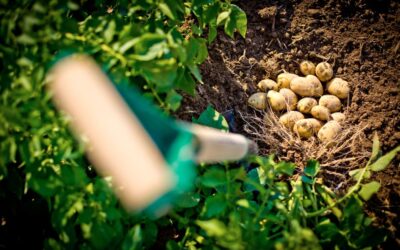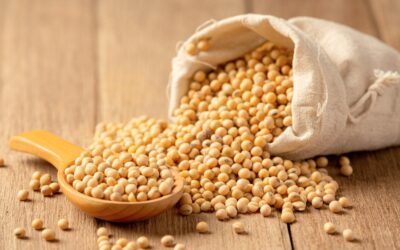Organic Cultivation and Care Techniques for Macadamia Trees
The Macadamia tree has been identified as a suitable choice for cultivation in Vietnam’s Central Highlands and Northwestern regions after 20 years of research and trials.
Macadamia trees are adaptable to various soil types but require a soil depth of more than 70 cm, good drainage, and rich organic content. The ideal pH range is 5-5.5. They can tolerate poor soils and light to medium loamy soils, thriving best in consistently moist conditions. Macadamia trees are not suitable for alkaline soils, saline soils, limestone soils, heavily weathered or degraded soils, or waterlogged areas.
To achieve high yields and good quality macadamia nuts while limiting diseases such as anthracnose (which causes blossom rot and fruit blight), fungal infections on stems and branches, etc., it is recommended to minimize the use of chemical pesticides (as of 2012, there are no registered pesticides specifically for macadamia trees in the list of approved pesticides). Farmers should use VN3 bio-organic fertilizer and SH02 fertilizer (an organic phosphate fertilizer containing high levels of effective phosphorus and many beneficial secondary and micronutrients for plants) from Suoi Hai Production and Trading Joint Stock Company. These fertilizers should be used as a basal application when planting and as a top-dressing during the tree’s formative and productive stages. VN3 bio-organic fertilizer contains essential nutrients (macro, secondary, and micro) derived from decomposed pig and cow manure, along with beneficial microorganisms that promote plant growth. It also includes antagonistic microorganisms that combat harmful bacteria and fungi, thus reducing their development in the root zone and minimizing the need for pesticides. Fertilizer Application Guide for Macadamia
Depending on the macadamia variety and soil type, the amount of mineral and bio-organic fertilizers is as follows:
* Basal Fertilization:
Dosage: Apply 15 kg of VN3 fertilizer per pit, along with 0.5 kg of SH02 fertilizer or fused phosphate. Mix the topsoil layer with VN3 and SH02 fertilizers at the specified dosage 20 days before planting, then fill the pit with the soil mixture. When planting, mix the soil and fertilizer in the pit again. Dig a small hole in the center of the pre-filled pit, 25-30 cm deep and 15-20 cm wide. Use a clean knife to slit the seedling bag lengthwise, carefully remove the bag, and inspect the roots. If the taproot is bent or twisted, trim the bent section at the bottom of the root ball. Plant the seedling gently to avoid breaking the root ball. Cover with soil, water, and mulch with dry grass to retain moisture.
* Top Dressing:
Before the flowering stage:
- First year: Apply 20 kg of VN3 fertilizer per tree. Fertilize in a trench around the base (trench depth about 5-10 cm, 25-30 cm away from the trunk), apply once at the beginning or middle of the rainy season, then cover the soil. Apply mineral fertilizer twice: each time 100 grams per tree of NPK 16-16-8-13S. The second top dressing should be done 40-50 days after the first and at least 30 days after applying VN3 fertilizer.
- Second and third years: Apply 25 kg of VN3 fertilizer per tree. Fertilize in a trench around the base (trench depth about 5-10 cm, 25-30 cm away from the trunk), apply once at the beginning or middle of the rainy season, then cover the soil. Apply mineral fertilizer twice, each time 120 grams per tree of NPK 16-16-8-13S, similar to the previous years.
After 3-4 years, the tree will flower and bear fruit, and it is necessary to supplement organic matter timely according to each growth cycle of the tree (some trees may flower and bear fruit after only two years of planting).
When the tree flowers and bears fruit:
Apply 35 kg of VN3 fertilizer per tree. Fertilize in a trench around the base (trench depth about 10-15 cm, width 20 cm, fertilize according to the canopy projection). After fertilizing, cover the soil, apply once at the beginning or middle of the rainy season. Apply mineral fertilizer three times: before flowering, during fruiting, and after harvest. The amount of fertilizer should increase each year.
* Pest and Disease Control:
Integrated pest management measures must be thoroughly applied.
It is recommended to use and periodically spray the tree with biological products, avoiding excessive use of chemical pesticides, which can cause ecological imbalance, create new resistant species, and affect human and animal health. VN3 organic microbial fertilizer contains antagonistic microorganisms, thus helping to limit diseases affecting macadamia trees.



